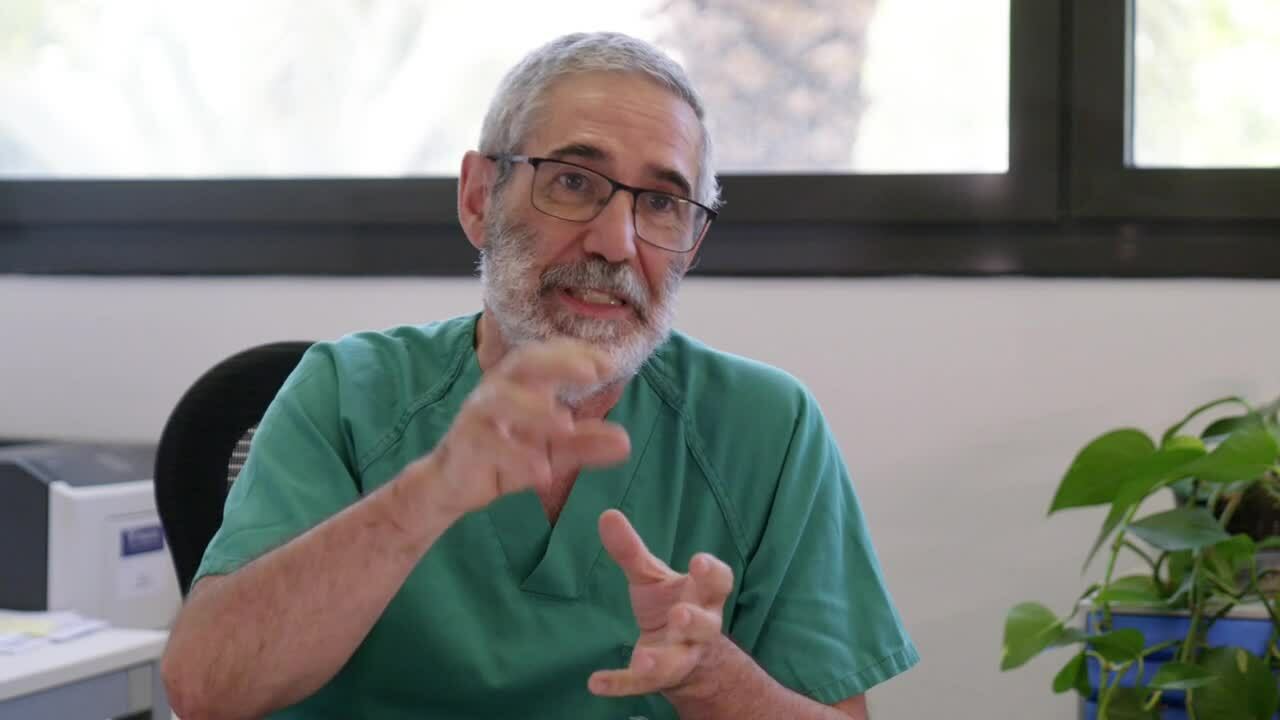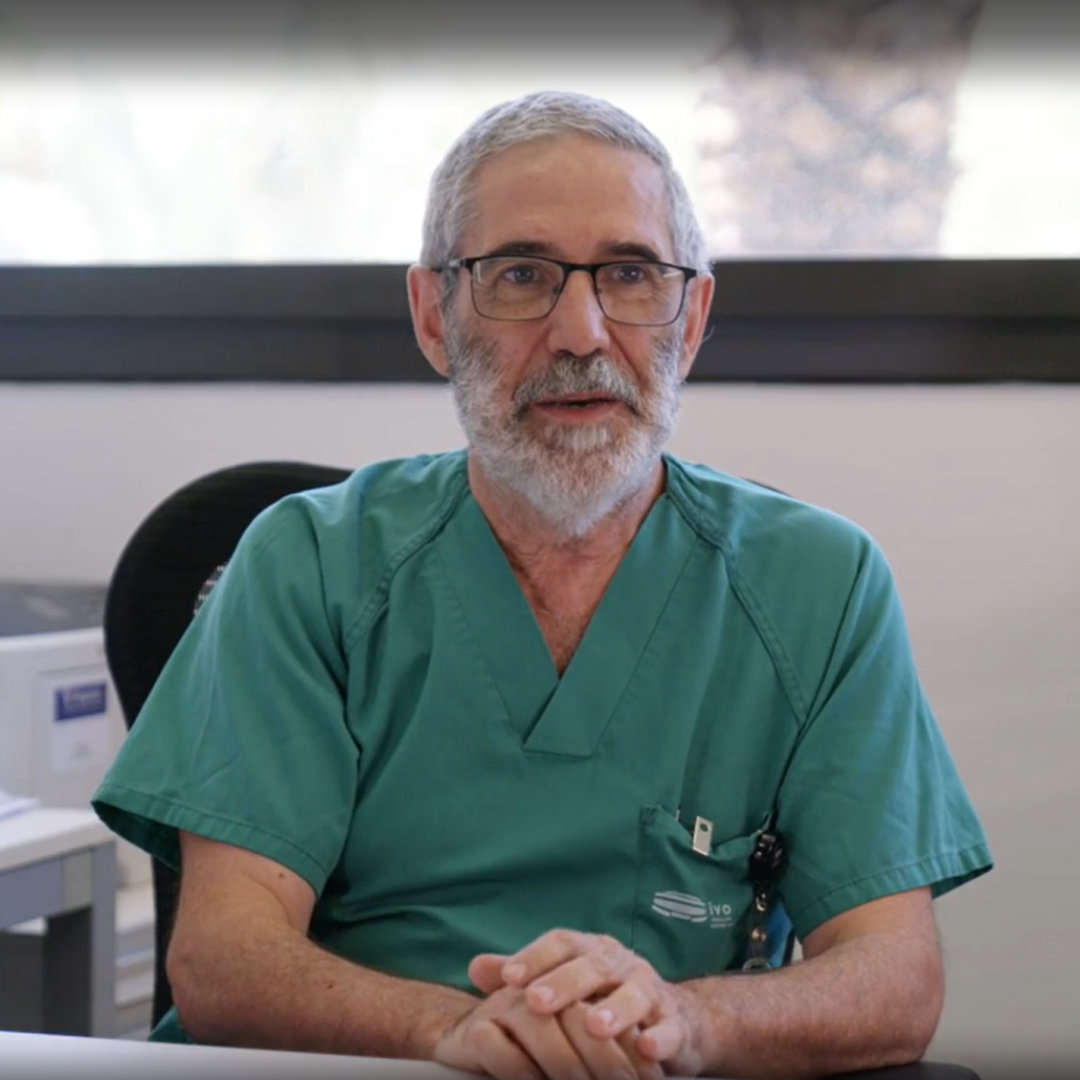
Dr Guinot Discusses Brachytherapy & External Beam Radiotherapy
Healthcare Perspective
Dr Guinot
To help patients and their families understand more about brachytherapy, Dr. Guinot, the Head of the Radiation Oncology Department at Fundación Instituto Valenciano de Oncología in Valencia recorded this video. In the video, Dr. Guinot discusses the results that can be expected from brachytherapy treatment and how it can efficiently complement external radiation treatment.

What is External Beam Radiation Therapy
Many cancer patients and their families have heard about external beam radiation therapy, however, this is not the only radiation therapy available. This is the most common type of therapy offered to treat tumors and for some cancers, it is the only treatment possible. During the procedure, a linear accelerator (LINAC) machine treats cancer by sending high-energy rays from outside the body to the area where the tumor is. This cancer treatment is quicker than other cancer treatments and allows your radiation oncologist to specifically target the tumor and target the cancer cells.
The treatment involves frequent, often daily, radiation sessions and many visits to the hospital for several weeks, but the treatment session is typically around 10 minutes and is painless with few side effects.
What is Brachytherapy?
Brachytherapy, also called internal radiotherapy or internal radiation therapy, is a lesser-known treatment. Brachytherapy is used to treat cancer by delivering radiation materials inside the body, in or as close as possible to the tumor, destroying cancer cells while sparing healthy tissue from harmful radiation exposure. For permanent brachytherapy treatment, radioactive seeds are implanted as close to the tumor as possible. This method allows a high dose rate brachytherapy treatment which occurs over a course of 3 months, depending on the treatment plan. Alternatively, temporary brachytherapy is used by placing radioactive material via a catheter which treats cancer through a low-dose-rate brachytherapy or high-dose-rate brachytherapy.
Brachytherapy treatment has proven its efficiency to treat prostate cancer, breast cancer, cervical cancer, and skin cancer. One of its main benefits is that high doses of radiation are administered to a very localized area in fewer treatments.
Brachytherapy can either be performed on its own or in complement to external radiation.

Brachytherapy With External Radiotherapy
Brachytherapy may be used as the only type of radiation therapy, or as a complementary treatment to external radiotherapy.
When the tumor has been treated extensively with external radiation, brachytherapy can be used to provide an additional boost of radiation without jeopardizing the surrounding healthy tissues.
In cervical cancer for example, after giving radiotherapy to the whole pelvis, the tumor has shrunk but additional external radiation is no longer an option if we want to preserve the intestine, the bladder, and other nearby organs. In those cases, brachytherapy has proven to be an essential addition to the treatment plan.
In order to treat cancer effectively, external radiation and chemotherapy are performed first and then followed by internal radiation.
In this video, Dr. Guinot shares his experience where he has noticed an increase in tumor control from 70% to 85% or even 90%. Often brachytherapy is used to treat breast cancer as a complementary treatment to external radiotherapy and in many cases, it improves the outcome.
After external radiation therapy, sometimes some tumor cells remain so brachytherapy is used to deliver a last high dose of radiation with extreme precision so it can preserve the breast and avoid its ablation or removal.
Post Brachytherapy Treatment
Side effects are expected once the brachytherapy treatment session is completed. As both external radiotherapy and brachytherapy use radiation therapy, many of the symptoms are the same.
Where the radioactive seeds were placed for internal radiation, there may be swelling, bruising, pain, or discomfort where the seed brachytherapy was performed. This usually appears during the final sessions of treatment, or once back home after a couple of weeks. The side effects generally last 1 to 2 weeks after the brachytherapy and should be mild and manageable with over-the-counter painkillers and balms.
Resources
About Brachytherapy is dedicated to providing resources for both health care professionals and patients to understand more about brachytherapy and treating cancer effectively, with a good quality of life.
View more of our videos explaining Brachytherapy for different cancer types, or hear directly from our patients.
Or explore our resources dedicated to healthcare professionals.
If you have any questions, take a look at our brachytherapy information page.
